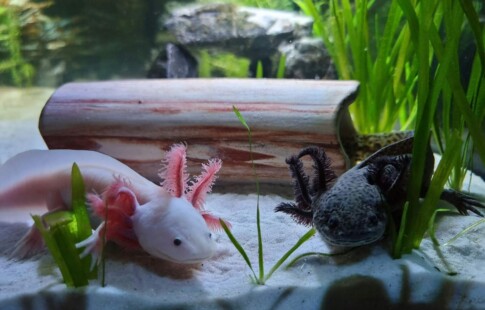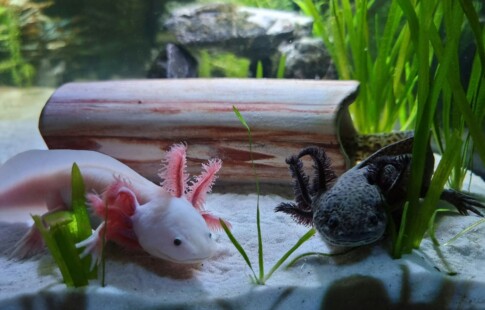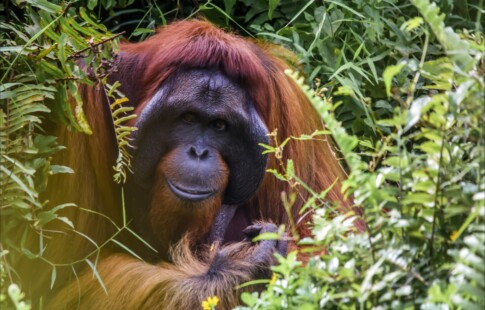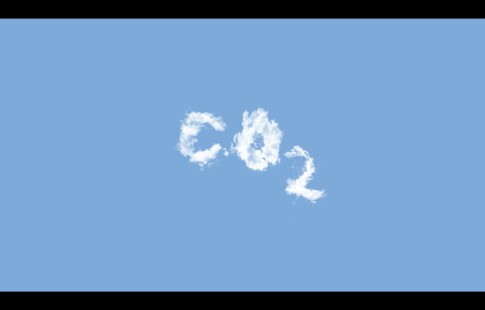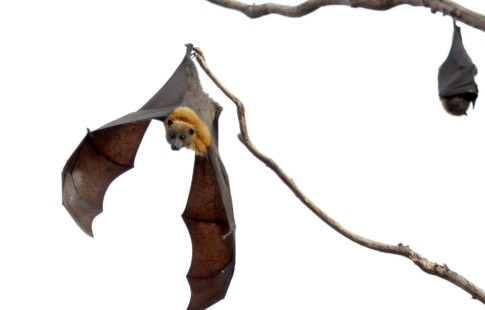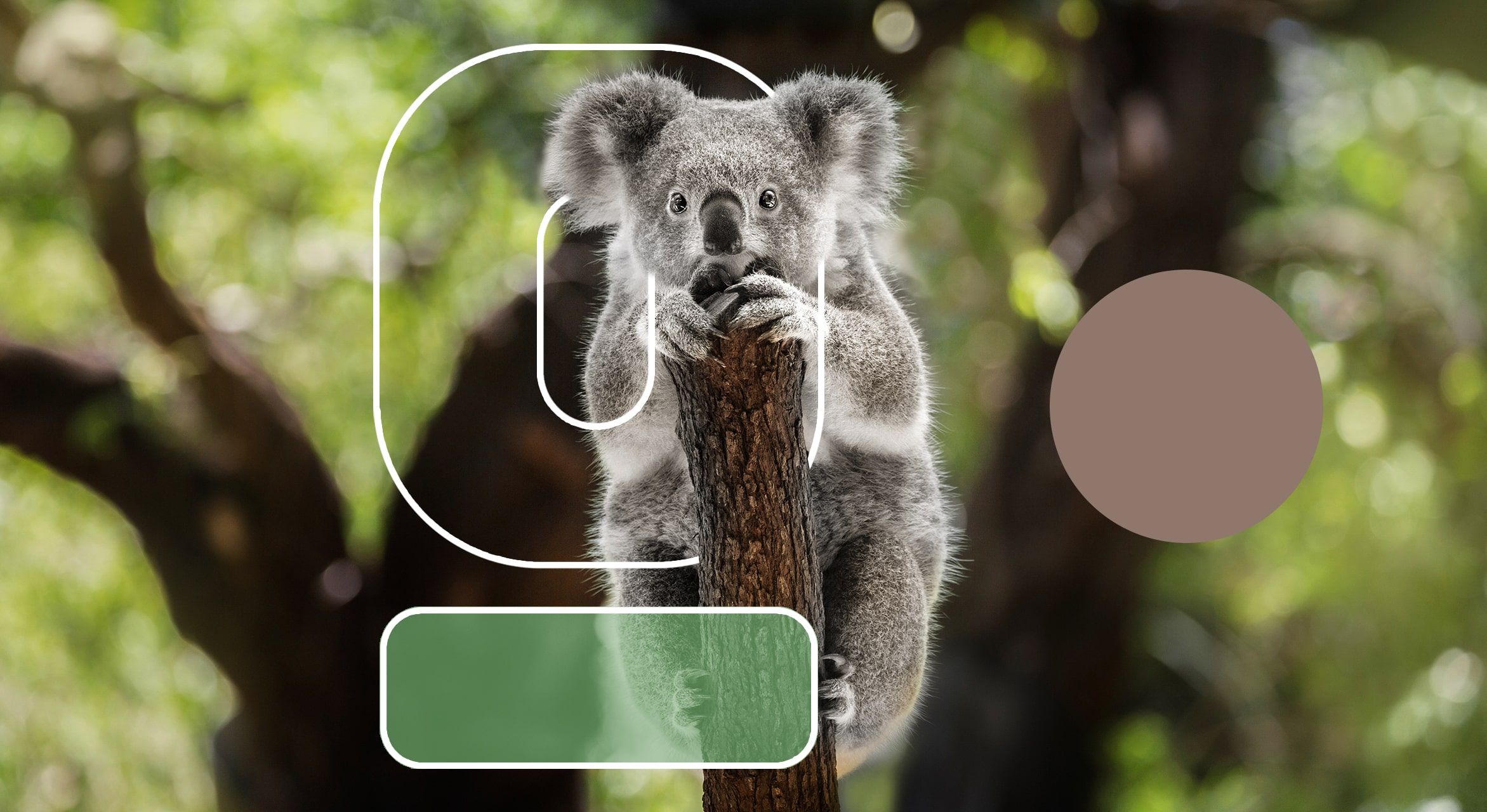
How Many Animals Are Endangered? (The Answer is More Complicated Than You Might Think)
We are reader-supported. When you buy through links on our site, we may earn affiliate commission.
Back in 2011, scientists predicted that there are about 8.7 million animal species around the world. Out of that number, humans have identified just over 1.5 million of those. How many of those animals are endangered? From the 1.5 million species identified roaming planet Earth right now, over 35,500 of those are considered at risk of extinction on the International Union for Conservation of Nature (IUCN) Red List, which is about 2.5% of all species.
That may not seem like a huge number, but any species threatened, endangered, or even extinct in an ecosystem impacts the other animals and plant life. While the number of animals endangered can’t be exact, no matter what the number is, it’s changing ecosystems.
What Does Endangered Mean?
What does it mean when an animal is an endangered species? First of all, a species is an animal, plant, fungus, insect or any living thing. When discovering a new species, researchers like to study it to know its habits and health — that way, when something is wrong, the researchers can tell.
If a population of animals begins to decline and is in danger of extinction — or a significant portion is in danger of extinction — then that species is considered endangered. A species’ health and population are essential for biodiversity, so when it is in danger of completely being wiped away from the Earth, biodiversity drastically changes.
Endangered Vs. Threatened Vs. Extinct
The IUCN has a list called the “Red List” that lists species at varying levels of endangerment. It can be confusing to know the differences between endangered, threatened and extinct. Plus, there are even more categories within the Red List. All in all, there are nine categories that extend from “not evaluated” to “extinct.”
Below will explain the varying levels of endangerment according to the Red List:
Near Threatened
When a species is near threatened, it has the criteria that, soon, it could see endangerment. Researchers continue to monitor these animals and do their best to ensure that they don’t reach the threatened or endangered levels.
Vulnerable
Species are considered vulnerable when they have a high chance of being extinct in the wild. This is just one step closer to endangerment. Unless conditions within their ecosystem improve and numbers begin to increase, they’ll probably be extinct in the near future.
Endangered
These animals have an extremely high risk of extinction in the wild. Many animals today are endangered and are close to extinction. The Endangered Species Act was put out to protect animals near extinction and try to recover the population and habitat they are part of so populations can flourish once again.
Critically Endangered
Critically endangered animals are a step closer to extinction in the wild. Animals in this category will likely go extinct soon.
Extinct in the Wild
When an animal becomes extinct in the wild, no traces remain in the natural ecosystem. However, there still may be a few of that species left in zoos or other forms of captivity.
Extinct
When there is no doubt that the very last animal has died of a species throughout the world, then that animal is considered extinct.
Each category differs slightly, and different measures of protection help retain populations of animals to prevent extinction.
Reasons for Endangerment
Many reasons can cause endangerment, whether they be natural occurrences or human activity. Here are a few of those reasons:
- Habitat Destruction: Natural causes like floods or forest fires wipe out some habitats. If a species is already near threatened or vulnerable, something like this could cause endangerment.
- Invasive Species: Invasive species are introduced to ecosystems to solve a problem or by accident from human activity. They can wreak havoc on an ecosystem and cause other species not to be able to find food, or the invasive species may kill the endangered one.
- Illegal Hunting or Overexploitation: This is probably one you see most often in the news and media. People hunt animals illegally to gain money from the goods, and then overkill the species.
- Pollution: Environmental pollution causes harm to animals. Think about the aquatic life that gets stuck in plastic bags and dies.
- Genetic Diversity Loss: The genetic rigor of an animal population may decline over the years, causing them not to be able to survive.
Extinction is a natural part of ecosystems, and it doesn’t always involve humans.
Examples of Endangered Animals
Out of all of the animals researched and known to scientists, it’s estimated that over 16,000 of them are on the endangered spectrum. You might know of a few that are on that list, including:
- Black Rhino
- Orangutan
- Sumatran Elephant
- Asian Elephant
- Blue Whale
- Green Turtle
- Red Panda
- Sea Turtle
These represent a minute number of the many endangered animals throughout the planet. You can even look for endangered species that might be in your backyard through the U.S. Fish and Wildlife Service.
Protect the Endangered Animals
Protecting the endangered species is crucial. One day, there might not be any elephants, sea turtles or blue whales for you to admire. Healthy ecosystems depend on biodiversity to thrive. When just one species going extinct changes the whole ecosytem.
You can help protect the endangered animals and plants by speaking out about it. Take a stand for those animals that are nearing extinction. With a healthy environment, you’ll reap benefits as well, like clean water and clean air. Do all you can to learn about the importance of protecting these species, and tell everyone you know what they can do to be part of the change.
Share on
Like what you read? Join other Environment.co readers!
Get the latest updates on our planet by subscribing to the Environment.co newsletter!
About the author

Jane Marsh
Starting from an early age, Jane Marsh loved all animals and became a budding environmentalist. Now, Jane works as the Editor-in-Chief of Environment.co where she covers topics related to climate policy, renewable energy, the food industry, and more.
